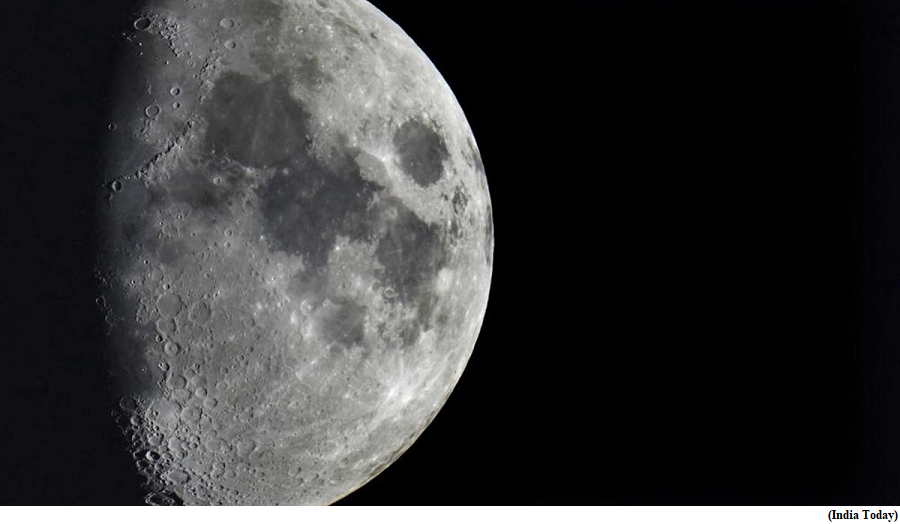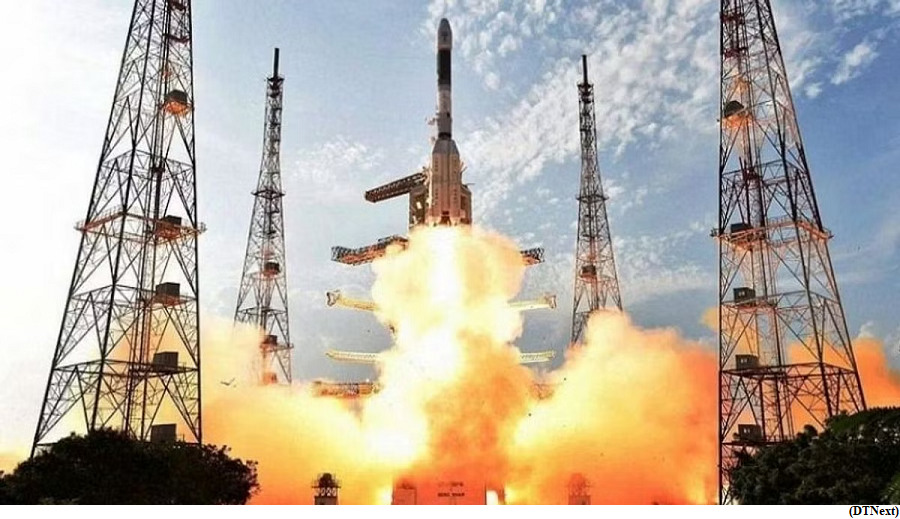Scientists peek inside the Moon to reveal a long-guarded secret (GS Paper 3, Science and Tech)

Why in news?
- NASA has announced that by 2025 four astronauts will land on the surface of the Moon in a bid to ensure a longer permanent presence on Earth's natural satellite.
- But, before humans return, it is imperative to know the key details of the lunar surface that could ensure a smooth operation.
Evolution of the Moon's magnetic field:
- Over half a century after the Apollo mission, which opened the door for studying the lunar surface, astronomers have peaked under the hood and revealed part of its internal structure.
- In a study, scientists question the evolution of the Moon's magnetic field due to its demonstration of the existence of the inner core and support a global mantle overturn scenario that brings substantial insights on the timeline of the lunar bombardment in the first billion years of the Solar System.
Solid Core:
- A team of scientists revealed that the Moon has a solid core, like the Earth and there is iron-rich material in the lunar crust.
- The Moon has a solid core about 500 kilometers in diameter, or about 15 per cent of its size, and is made of a metal whose density is close to that of iron.
- They also found evidence of material displacements in the mantle, the intermediate layer between the core and the crust of the Moon during its evolution.
- This is called the reversal of the lunar mantle and it helps explain the presence of iron-rich elements on the surface of the Moon.
- They speculate that material may have risen to the surface and produced volcanic rocks deposited in the lunar crust. Then, the elements too dense compared to the surrounding material in the crust, fell back and returned to the interface between the mantle and the core.
Way Forward:
- This work provides the essential knowledge, in particular for informing the history of the solar system and understanding certain events, such as the disappearance of the lunar magnetic field: originally a hundred times more powerful than that of the present Earth, it is today almost non-existent.
ISRO to start online training programme for PG and and final-year UG students
(GS Paper 2, Education)
Why in news?
- The Indian Space Research Organisation (ISRO) has announced a new introductory-level online training programme called Space Science and Technology Awareness Training (START).
- START is aimed at postgraduate and final-year undergraduate students of Physical Sciences and Technology.

Key Highlights:
- The programme will cover various domains of Space Science, including Astronomy and Astrophysics, Heliophysics and Sun-Earth interaction, Instrumentation, and Aeronomy. It will be delivered by scientists from Indian academia and ISRO centres.
- The training will also emphasise the cross-disciplinary nature of Space Science, giving students insights into how the individual aptitudes can be applied to the field.
- The programme is expected to help build a human capacity that will lead Space Science and research in the future.
- The lectures will also cover topics on the Indian Space Science exploration programme and research opportunities in Space Science and technologies.
Remote sensing courses:
- The ISRO’s National Remote Sensing Centre (NRSC) has also announced two short courses- Remote Sensing Data Acquisition and Remote Sensing Data Processing.
- The courses are conducted through the Centre for Space Science and Technology Education in Asia and the Pacific (CSSTEAP) and are scheduled from August 21 to September 1 and October 9 to 20, respectively, at NRSC’s Earth Station at Shadnagar near Hyderabad.
- The CSSTEAP is an educational institution affiliated with the United Nations.
Way Forward:
- Students will be benefited from this training programme, as they will receive an overview of the different facets of Space Science and Technology, exposure to the research ongoing in different Indian institutes, insight into how their individual aptitude would suit some of the facets of Space Science and Technology, appreciate the cross-disciplinary nature of the subject, and accordingly choose their career path.



